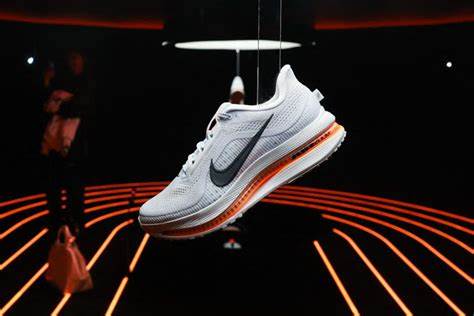Nike CEO John Donahoe recently led a virtual all-hands meeting to address concerns about the company’s performance, particularly in light of recent layoffs affecting over 1,600 employees. During the meeting, which was attended by more than 20,000 employees, critical comments began flooding the chat window on the Zoom call. Employees expressed dissatisfaction with the company’s direction, with some questioning the accountability of leadership and suggesting salary cuts for executives.
The virtual protest highlighted the depth of discontent within the company and raised concerns about its strategy. Employees voiced questions about how Nike had reached its current state, especially considering its historical status as a leader in innovation and brand recognition. Since the onset of the pandemic, Nike has faced challenges in maintaining its market position, particularly in the critical running category.
Under Donahoe’s leadership, Nike embarked on a strategy focused on boosting digital sales and direct-to-consumer channels. However, this shift away from traditional retail partnerships and towards a more digital-centric approach has faced criticism internally. Some employees feel that the company has drifted from its core identity as a maker of cutting-edge footwear for serious athletes, opening itself up to competition from emerging brands like On and Hoka.
Despite Nike’s efforts to adapt to changing consumer preferences and shopping habits, its growth has stalled, with sales remaining flat compared to the previous year. Donahoe acknowledges that the brand has lost its “sharp edge” in sports and emphasizes the need to refocus on innovation and disruptive product development.
The company’s strategic missteps have sparked internal debate about its identity and direction. Some employees argue that Nike’s pursuit of digital sales growth has come at the expense of its traditional strengths in athletic performance and innovation. Others believe that the future of the company lies in its app ecosystem and data analytics capabilities, which can drive personalized experiences and product offerings.
In response to mounting challenges, Nike is recalibrating its approach and seeking to reignite its culture of innovation. Donahoe remains optimistic about the company’s prospects, despite the current period of adversity and uncertainty. With the support of key stakeholders, including Nike co-founder Phil Knight, Donahoe is committed to navigating the company through its current challenges and restoring its position as a leader in the athletic footwear and apparel industry.
